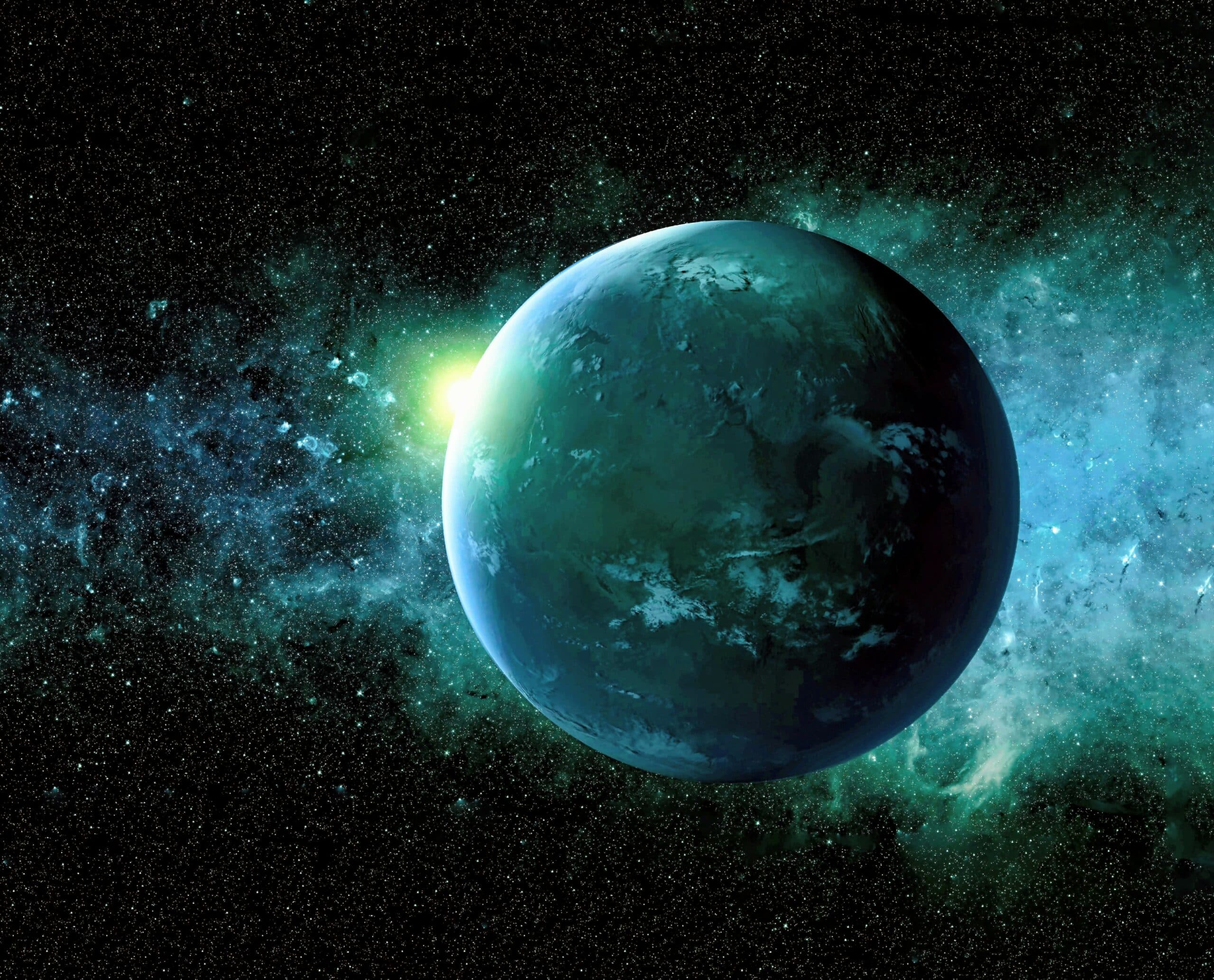
Citizen scientists have discovered a giant gas planet
In collaboration with citizen scientists, an astronomer at UC Riverside has identified a giant gas planet that was basically hidden in plain sight. The research, which was presented at the American Astronomical Society virtual press event, describes the discovery of TOI-2180 b, a Jupiter-sized planet located about 379 light-years away from Earth.
“TOI-2180 b is such an exciting planet to have found,” said study lead author and UCR planetary astronomer Paul Dalba. “It hits the trifecta of 1) having a several-hundred-day orbit, 2) being relatively close to Earth (379 lightyears is considered close for an exoplanet), and 3) us being able to see it transit in front of its star. It is very rare for astronomers to discover a planet that checks all three of these boxes.”
According to Dalba, the new planet is special because it takes 261 days to complete a journey around its star, a relatively long time compared to many known gas giants outside our solar system. The planet should be easy for experts to study in further detail due to its relative proximity to Earth and the brightness of the star it orbits.
NASA’s TESS satellite is designed to observe one particular section of the sky for a month, before moving on. The goal is to identify exoplanets, which orbit stars other than the Sun.
“The rule of thumb is that we need to see three ‘dips’ or transits before we believe we’ve found a planet,” said Dalba. He explained that a single transit event could be caused by a telescope with a jitter, or a star masquerading as a planet.
Former U.S. naval officer Tom Jacobs is a participant in Planet Hunters, a NASA-funded citizen science project run through the online platform Zooniverse.
While examining data collected by TESS, Jacobs and his teammates saw light from the TOI-2180 star dim, just once, and then alerted Dalba.
Using the Automated Planet Finder Telescope at the Lick Observatory, Dalba managed to observe the planet’s gravitational tug on the star. This allows him and his colleagues to calculate the mass of TOI-2180 b.
Based on a campaign conducted in August 2021 (which involved about 20,000 images), the researchers estimate that TESS will see TOI-2180 b transit its star again in February, when they are planning a follow up study.
In a press release from NASA, Dalba said that discovering TOI-2180 b was “a great group effort demonstrating that professional astronomers and seasoned citizen scientists can successfully work together.”
The study is published in The Astronomical Journal.
–—
By Chrissy Sexton, Earth.com Staff Writer












